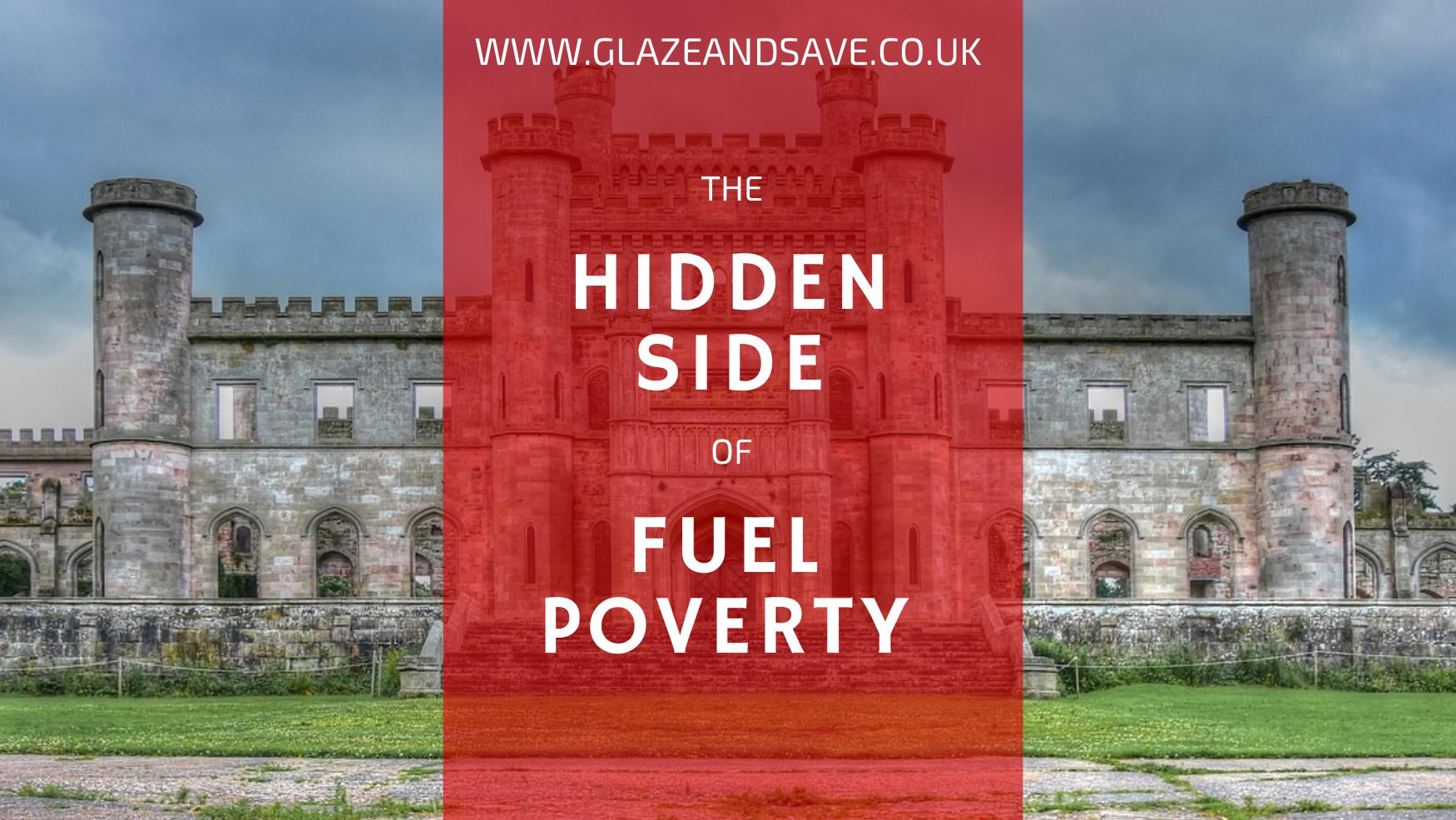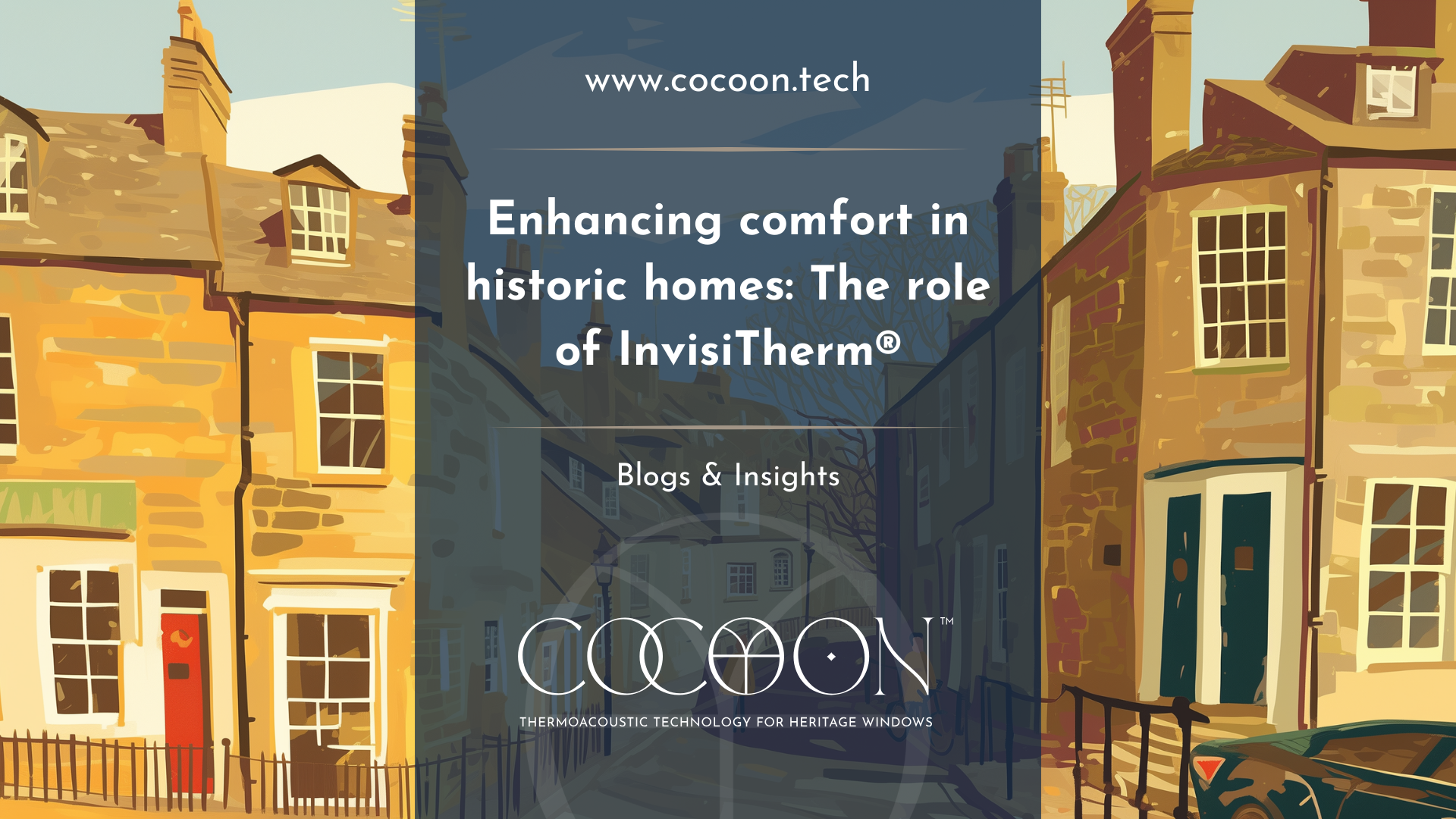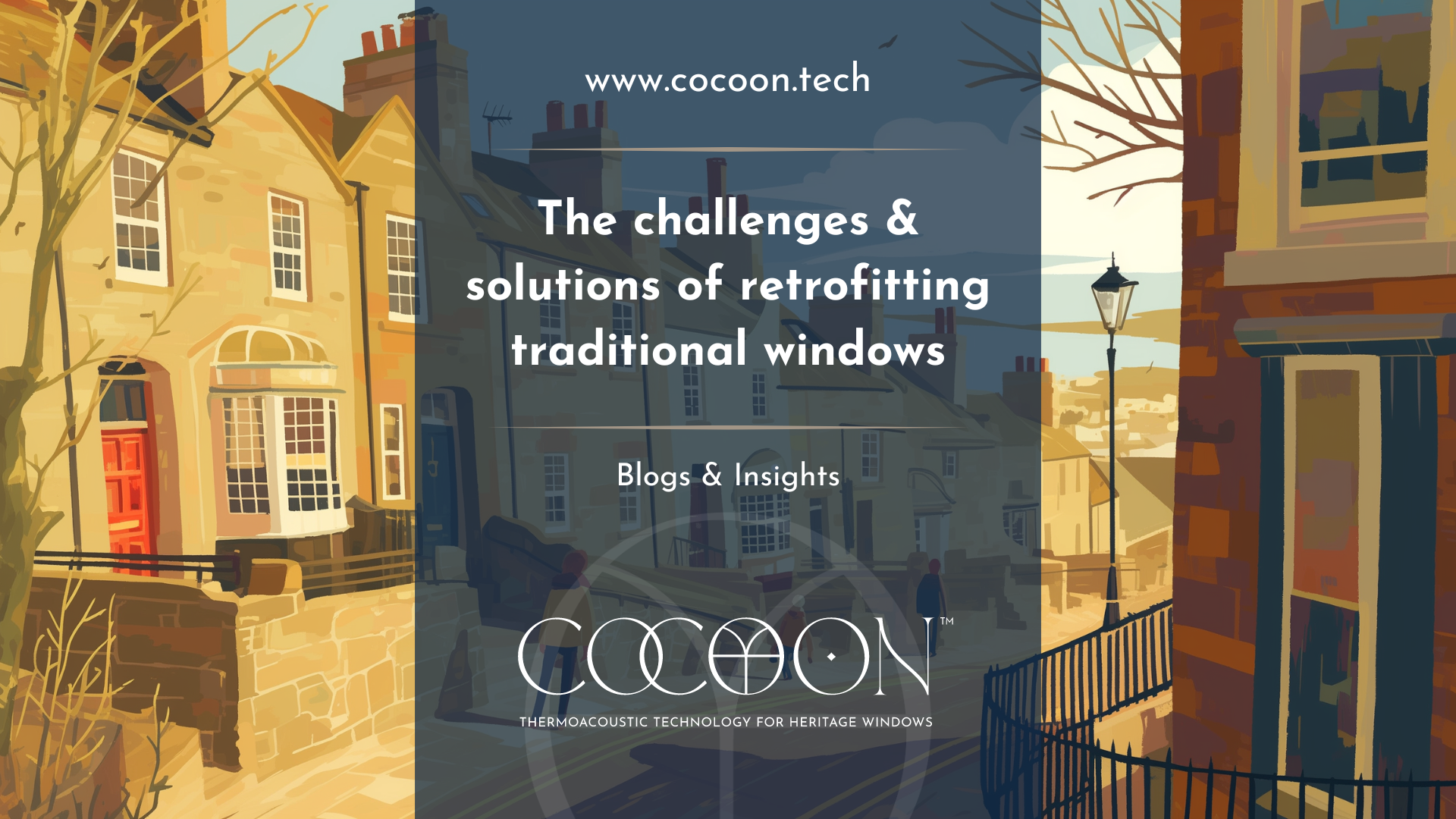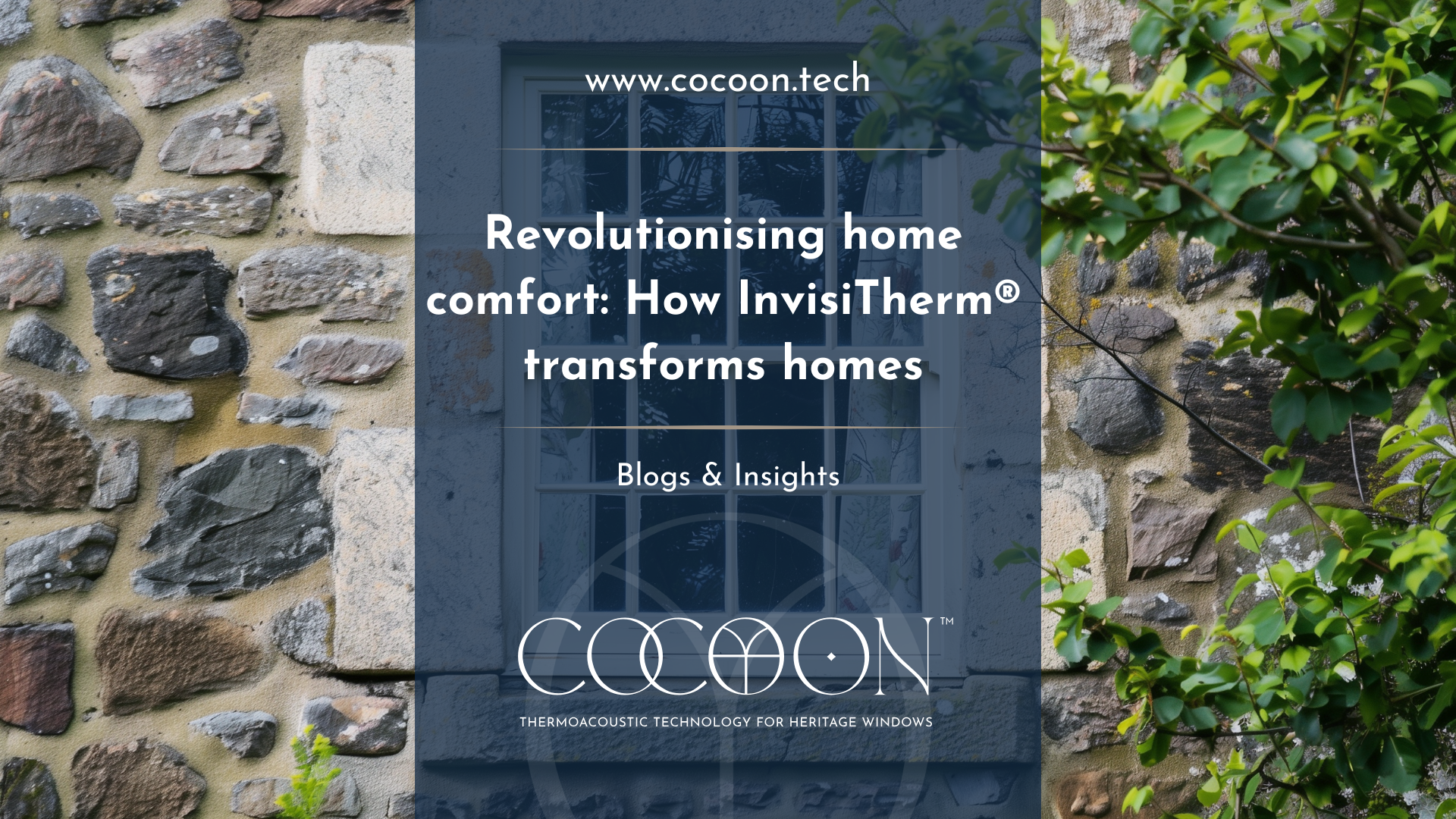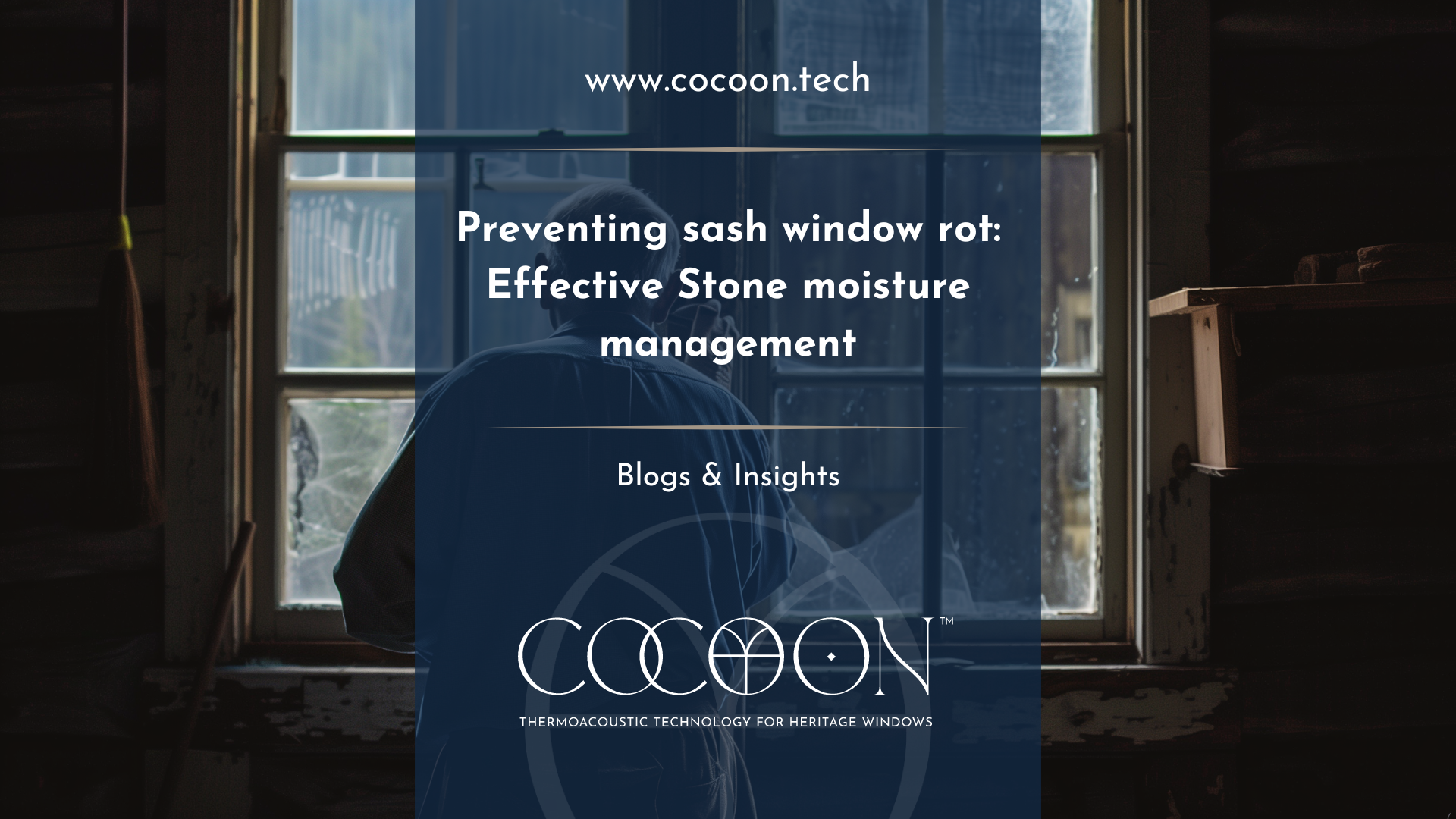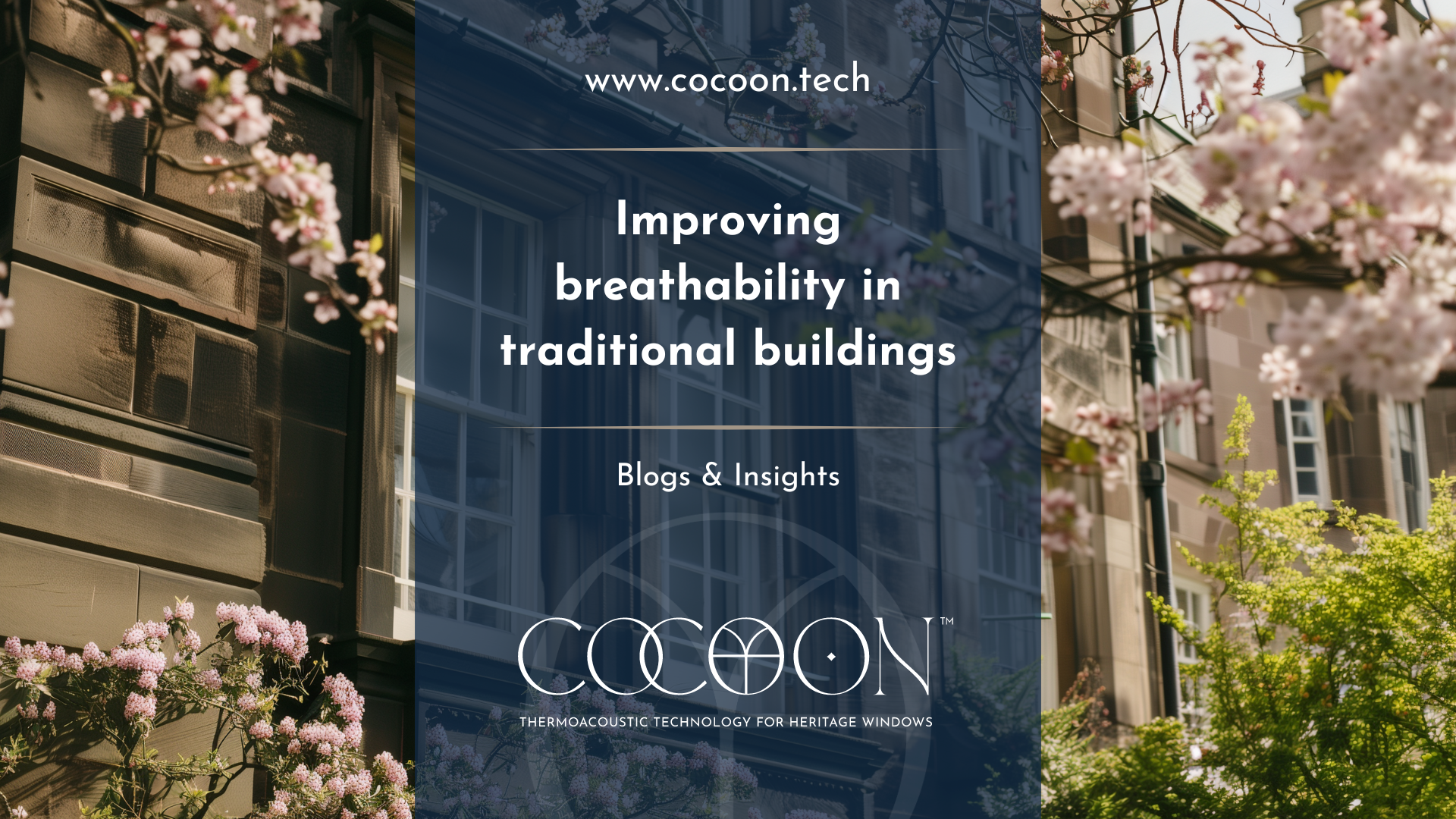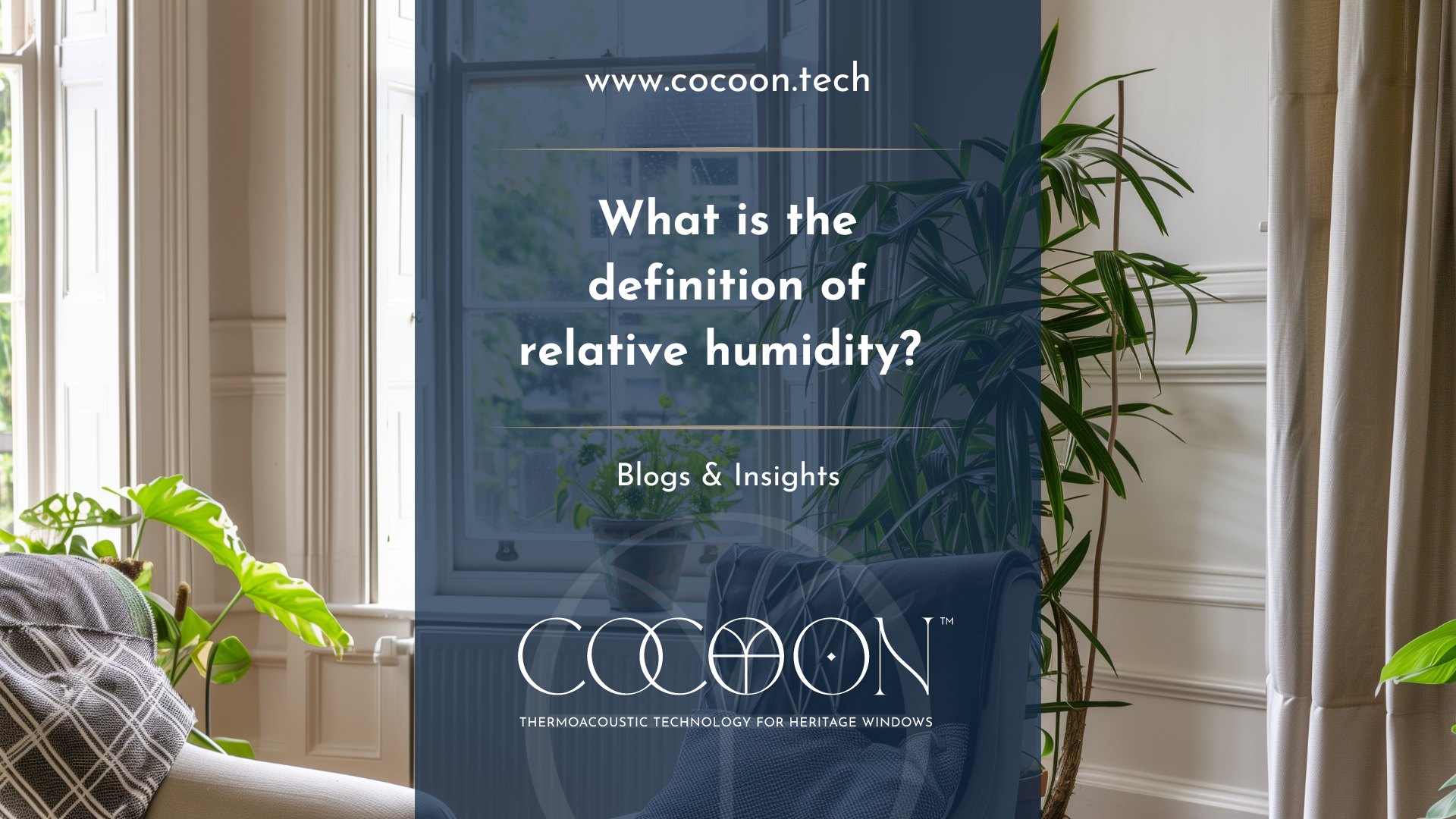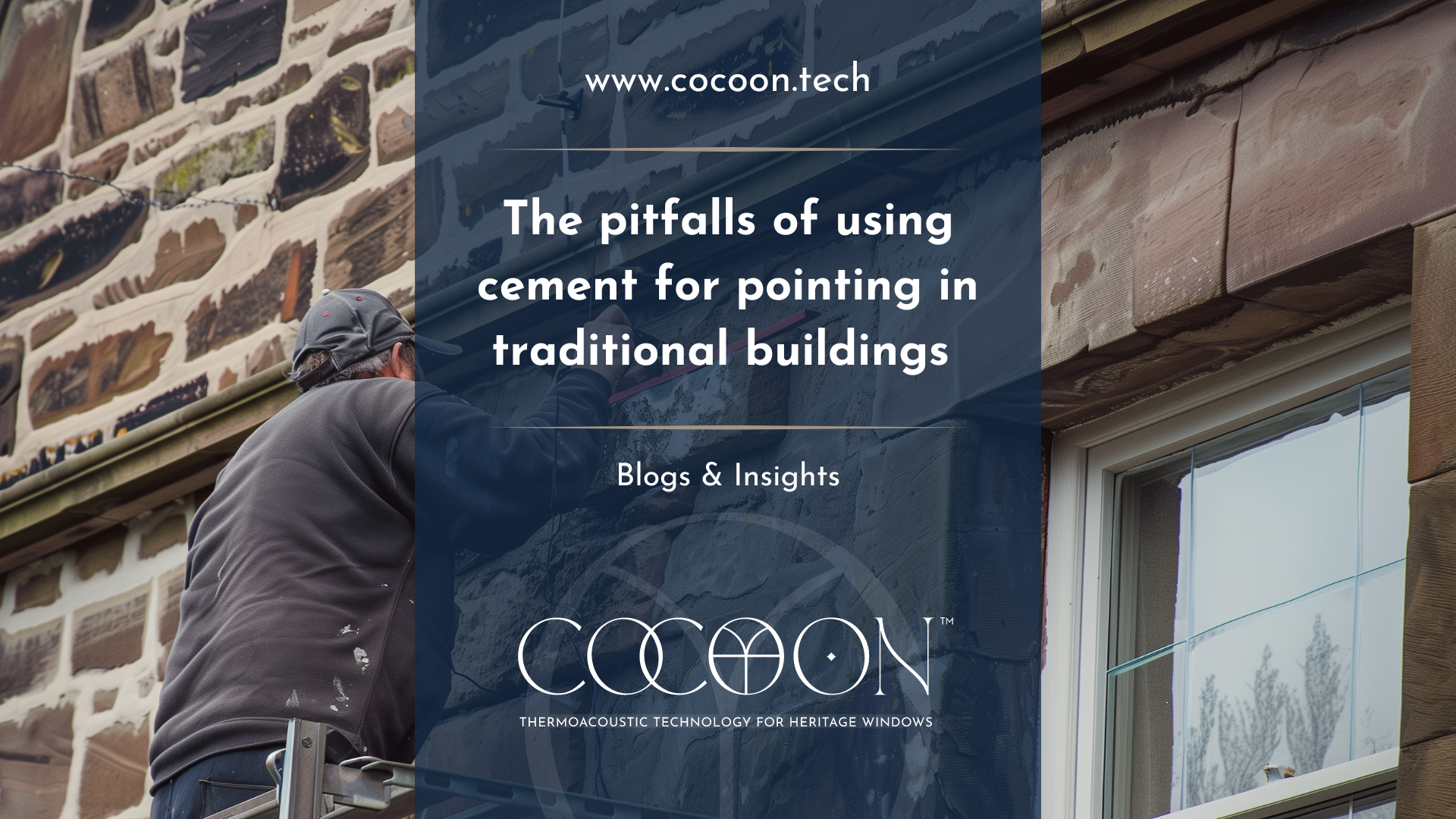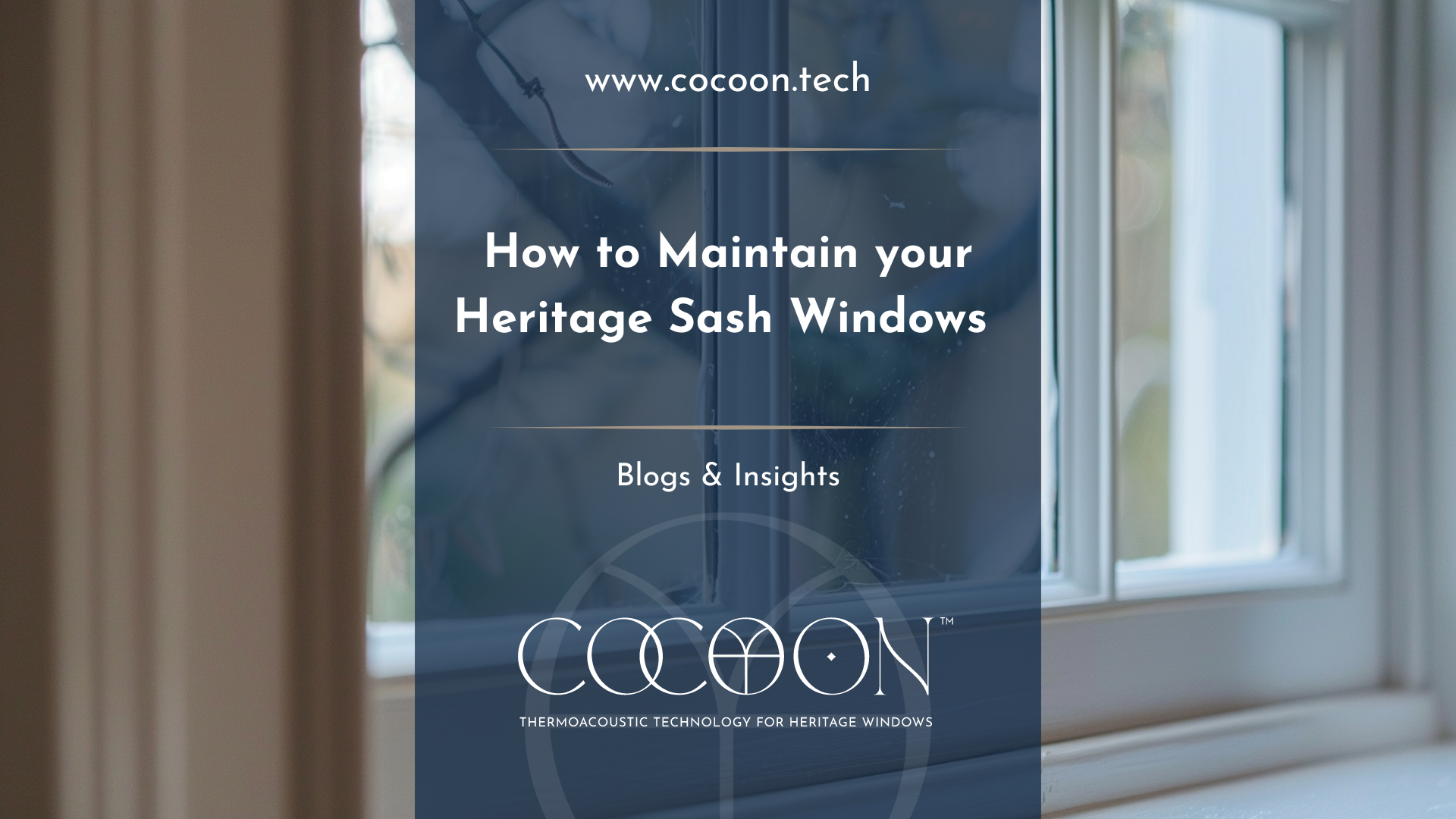The Hidden Side of Fuel Poverty | Glaze & Save
Near the close of 2017, the University of Glasgow’s Dr Keith Baker remarked that current definitions of fuel poverty meant that even the Queen would find herself in fuel poverty such was the cost of heating her many empty castles. “A small number of householders who are not otherwise classified as poor are counted as being fuel poor because of the size of the properties they need to heat – technically, the Queen would be fuel poor in Scotland,” he explained in The Herald.
While his assertions caused some outcry, particularly given Her Majesty’s attempt to access funds from the State Poverty Fund which was brought to light in 2010 and refused on the grounds of it being “a PR disaster” , Dr Baker’s implication that stately home dwellers shivering in their mansions are somehow less worthy of the fuel poverty label is not something that is necessarily reconciled in the work that we do at Glaze & Save.
As Scotland’s largest independent magnetic secondary glazing company, we have the opportunity to work in some of the grandest and most awe inspiring buildings in Scotland. They also happen to be some of the coldest buildings in Scotland! It is from operating in these locales that we have frequently come across what we call the “hidden side of fuel poverty”: owners of historic buildings of some local or national interest who are living in fuel poverty due to many factors. Sometimes this is the size of the building; however equally as frequently it is down to the state of disrepair of the building or inefficient construction throughout.
“It’s a real risk to our built heritage”, states Dr Tanya Ewing, CEO of Glaze & Save. “Financially it’s crippling for the owners. Many of these people inherit the properties, and are often cash poor. They easily spend over 10% of their income on heating their properties. In fact, several of our customers reduce the number of rooms they live in over the winter to just two or three in an effort to minimise costs”.
There is, however, significant risk in allowing these properties to remain cold. Not only does the cold pose problems on its own, the lack of heat means that moisture is not adequately drawn out of these buildings. Over time this leads to degradation of the fabric of the building: crumbling walls, leaking roofs and rotten timber work. Furthermore, collections, artifacts or listed internal features become at risk.
At Glaze & Save we work to turn this process around. We install our VIBES Award-winning product InvisiTherm™ in heritage properties across Scotland, primarily to reduce heat loss and draughts and making the properties more energy efficient. In the past four years we have seen historic buildings that have been virtually uninhabitable be transformed into conformable, efficient and sometimes even profitable places, as stately homes and places of interest are able to stay open well into the winter, and previously unused rooms are open to the public. We have been lifting the burden of fuel costs and the cycle of degradation that occurs when these properties remain cold and damp.
“It goes without saying that fuel poverty is a greater issue in low income households and among vulnerable people, and naturally attention must be drawn to where the need is greatest. However, built heritage becomes a liability when the owners of historic properties experience such high fuel bills and repair costs”, explains Dr Ewing. “The landscape we love is at risk if we don’t treat the fuel poor in these buildings seriously”.

